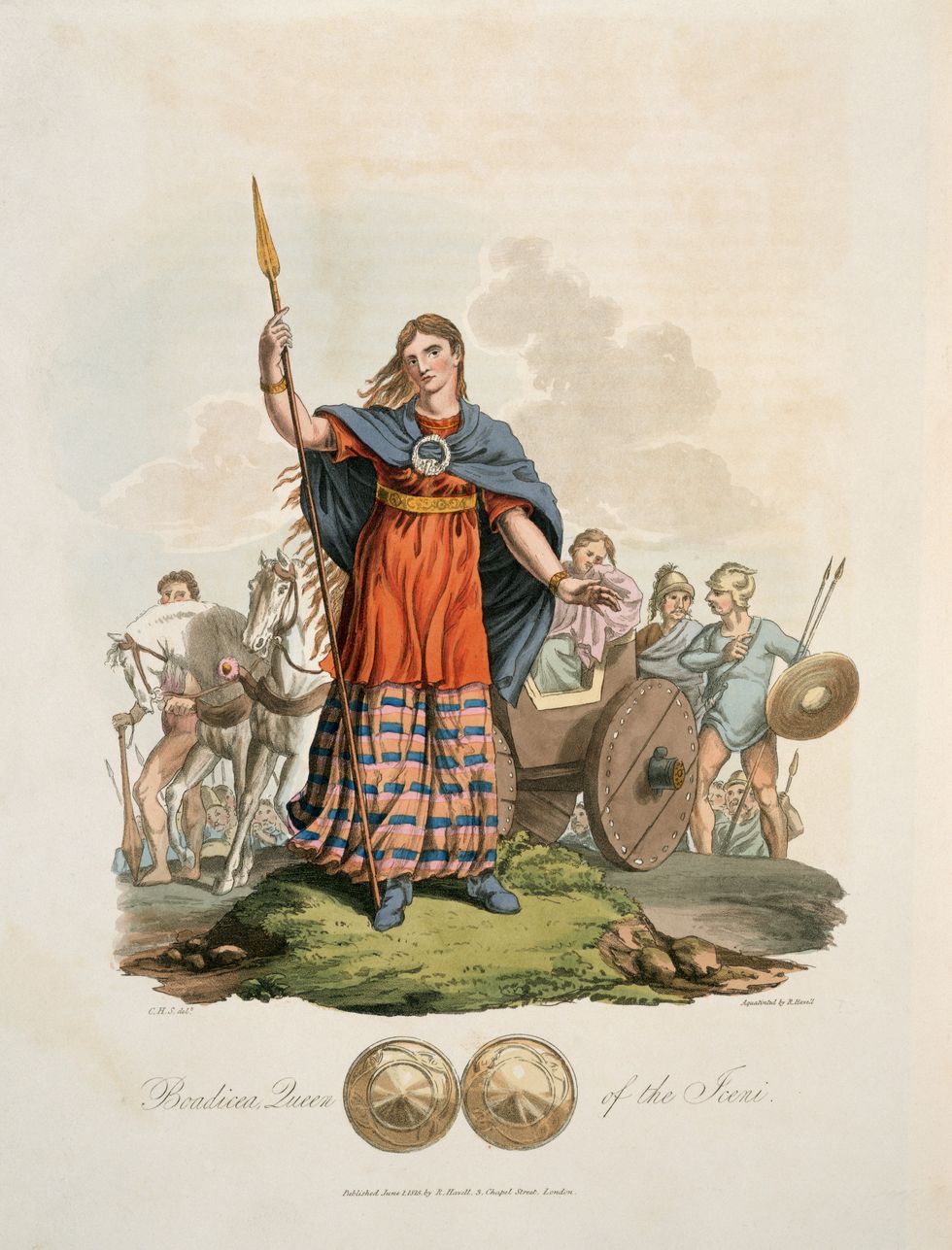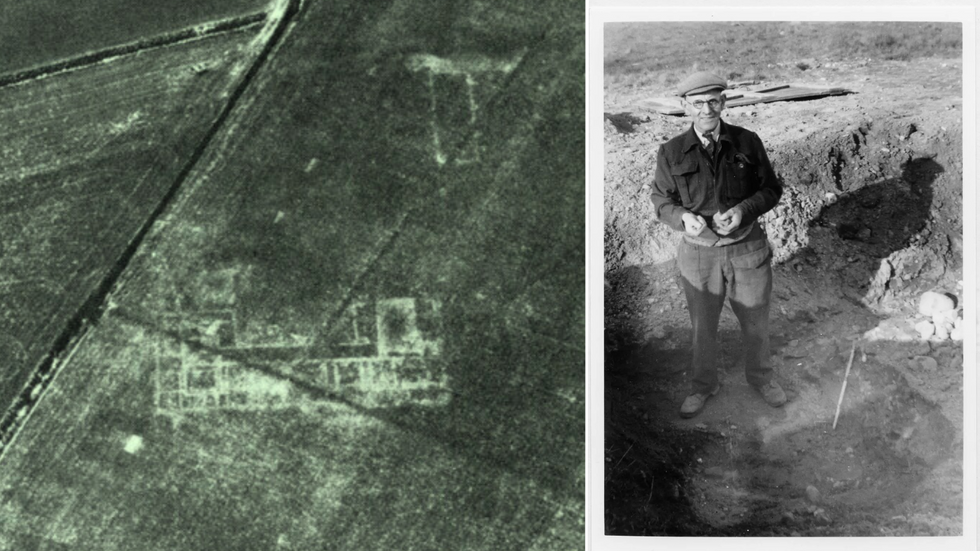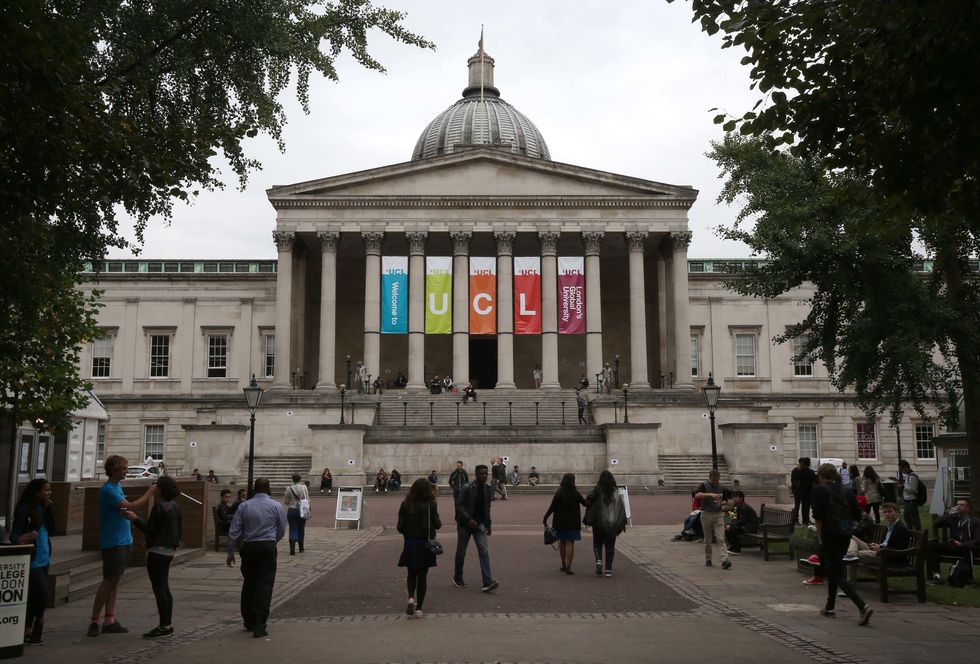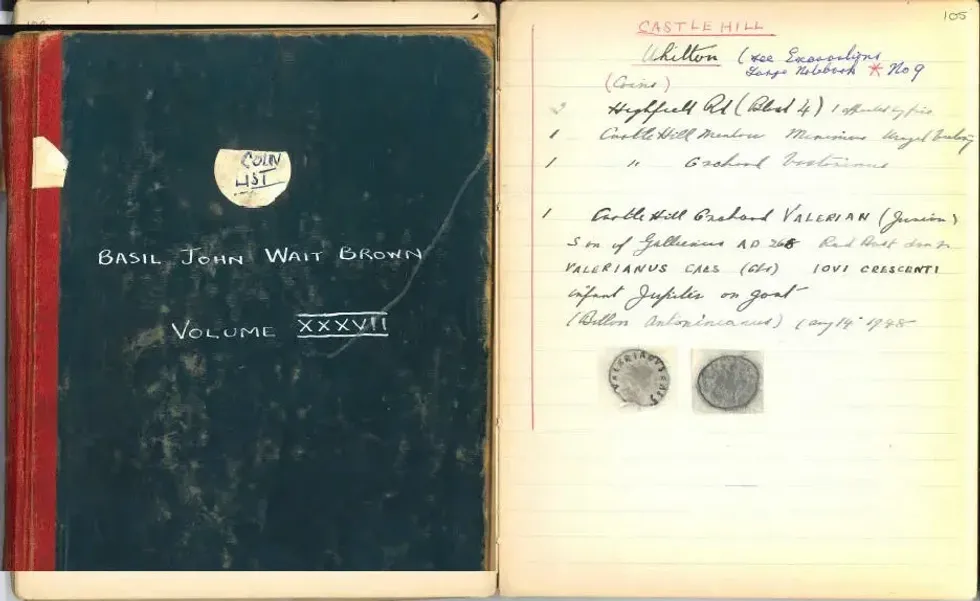Britain's lost Roman history to be unearthed after 2,000 years in 'groundbreaking' archaeology project

Dozens of ancient Roman villas lie beneath Suffolk's soil, but none have been excavated to modern standards
Don't Miss
Most Read
Centuries of Roman history are set to be unearthed beneath Suffolk in an "incredibly exciting" new archaeology project.
"Romans Unearthed: Suffolk's Hidden Villas" will probe dozens of ancient sites across East Anglia, following in the footsteps of research pioneer Basil Brown, who discovered the Sutton Hoo hoard - and more.
The digging drive will uncover untold stories from nearly 2,000 years ago of how the Romans shaped Suffolk's landscape following Boudica's rebellion in 60 AD.
News of the project came just days before an "astonishing" Roman road found just half a metre below Manchester's streets.
But down south in Suffolk, there are thought to be at least 65 ancient villa sites.
However, only four have been excavated in detail - and even then, only in the 20th century.
"Very few" have been investigated to modern standards, Suffolk County Council said.

The project is set to shed light on how the Romans shaped Suffolk's landscape following Boudica's (pictured) rebellion in 60 AD
|GETTY
Councillor Philip Faircloth-Mutton said: "This is an incredibly exciting project that will investigate and protect Roman villas in Suffolk, and give us further insight into life in the county over 2,000 years ago.
"Nearly all Roman villas in Suffolk are undesignated and at risk of damage by agriculture and heritage crime, meaning their history could be lost forever.
"Romans Unearthed will be an important archaeological adventure, and with support from The National Lottery Heritage Fund, it will provide so much to local people in Suffolk.
"It will actively involve volunteers, specifically providing training for people who do not have opportunities to engage in archaeology such as school children, young carers, children in care or leaving care, and mental health charities."
Those volunteers will all "contribute to meaningful research on Roman history in Suffolk", he added.
BRITISH ARCHAEOLOGY BREAKTHROUGHS:

PICTURED LEFT: An aerial scan of a Roman villa southeast of Lidgate, Suffolk. Researchers will be hoping to emulate Basil Brown (right) and uncover its secrets
|ANCIENT MONUMENTS/SUFFOLK COUNTY COUNCIL
Helping Suffolk Council in its bid to shed light on the villas is University College London, a formal partner with the authority's archaeological service.
UCL Institute of Archaeology lecturer and fieldwork tutor Dr Stuart Brookes said: "We're thrilled to be working with Suffolk County Council Archaeological Service to develop a new partnership model that will integrate community volunteers with our university excavation sites.
"Together, we hope to understand more about Roman rule in Suffolk and the role of villas as important places.
"Suffolk's Roman history is distinctive - the villas were high-status countryside residences alongside a network of contemporary roads and small towns."
READ MORE ON THE ROMANS:

Researchers from London's UCL (pictured) will be helping Suffolk Council's archaeology team
| PA
PICTURED: Basil Brown's notes. Suffolk County Council's archaeological archives are set to be updated and digitised as part of the project
|SUFFOLK COUNTY COUNCIL
Also involved in the project is the National Lottery Heritage Fund, which has handed out £169,830 to help the council lay out plans over the next year or so.
Funding is also set to boost the enhancement and digitisation of Suffolk County Council's archaeological archives.
The authority's files hold key details of 20th century excavations of Roman villas, including site diaries and plans by Basil Brown who excavated the county's largest villa so far at Castle Hill, Ipswich, between 1948 and 1950.
Sutton Hoo has returned to the headlines in the last few days following French President Emmaanuel Macron's state visit to Britain.
As part of a landmark temporary swap deal for the Bayeux Tapestry, France will receive the treasures of the Anglo-Saxon ship burial site which Brown discovered.











